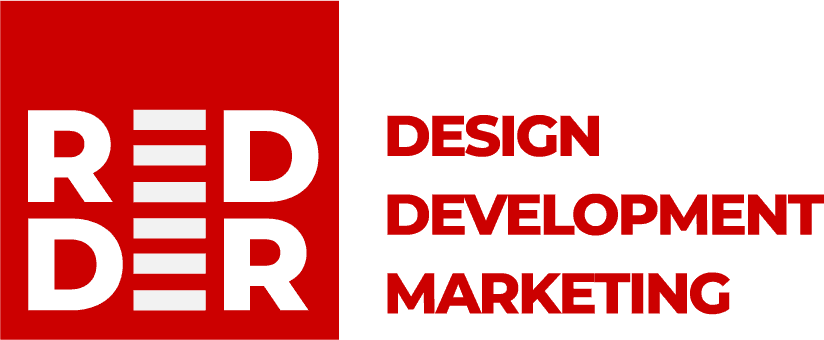Page Content
In previous SEO years, it used to be that content needed to be written for search engines, using methods such as ‘keyword stuffing’. Now that just doesn’t fly.
Your page content is one of the biggest ranking factors for SEO. If your content is rubbish, your SEO will be heavily affected too. It’s what your users have come to read, so make it worth their time. It’s important that you write your content in a language your users will understand.
One mistake we often see companies make, is write content in their own descriptive language, using industry / company specific terms. Of which, are commonly unknown to your audience. Whilst for some this will work, it’s more likely to alienate your users.
Suggestion:
When writing content for websites, include text that describe your product / service but also write about how your service / product will help and benefit the user.
Quality of Quantity
It’s often thought a website needs to have tons of content to be able to rank. The trouble is if that content is absolute malarkey, it won’t be anywhere near as effective as a small piece of really high quality content.
How to write good content?
“Good content must supply a demand & must be linkable” – Moz
As the folks at Moz describe, the best content will be the one which does the best job of supplying information to the biggest demand.
To break that down, your content needs to be useful and supply information to users who are looking for it. The more your information is ‘useful’ the better your content is.
‘Linkable content’ is content which is accessible and shareable.
Title Tag
Your title tag is a key element to good on page SEO. The Title tag helps search engines & users understand what your page is about. Keep your title clear, to the point and try to include your most important keyword.
Learn more about writing great SEO titles
URL
Like your title tag the URL of your page is very visible to search engines & users. It should reflect a clear categorisation of your page, this is used to decide how relevant a page is.
It is good practise to write your URL to reflect your content. For example if your URL is shared on a social platform, the URL is more appealing if your user can understand where it’s going to take them. Keep it to the point and don’t over do it!
Good URL structure example:
https://mydomain.com/wedding-deas/cheapest-wedding-transportation-ideas
Bad URL structure example:
https://mydomain.com/wedding-deas/the-ultimate-cheapest-wedding-transportation-ideas-for-brides-in-november-2018
https://cdn08.mydomain.c3/7eFkqn/Sk038eh£jasSjmdiansP=#Lazyload
Inbound / Outbound Links
Another great tip for on page SEO is adding links. Links is still one of the most powerful ways to get your website ranking. This doesn’t mean link every other word to meaningless websites / articles. Choose a small number of great places to link to and place them appropriately into your content.
When linking to other websites, choose wisely. Find websites which relate to your content and make sense for your user to go look at.
Search engines can read links and the anchor text used. Writing anchor text that makes sense to the place your linking to will also benefit you. Using text such as ‘click here’ doesn’t mean anything to a search engine, nor does it make it 100% clear to a user what the link is.
Inbound Links:
This is when you link your content to other parts of your website.
Outbound Links:
These are links to external websites.
Image ALT tags
The ‘alt’ tag on an image is the ‘alternative text’ where you can describe the image on a page. The biggest reason you should be using these is for web accessibility purposes. Imagine having your eyes closed and have a screen reader read out a web page to you, does it clearly explain what’s on the page?
The same way screen readers read your images, search engines do to. The clearer your image code the better search engines can understand what you are displaying on the page.
Keep your description to the point and describe the image as clearly as possible.

Bad example of image alt text:
litter
Okay example of image alt text:
Lady litter picking
Better example of image alt text:
Lady litter picking near lake
Best example of image alt text:
Lady walking near lake litter picking in black and white
Thanks for reading!
Ready to elevate your brand? Let’s talk.
Get In Touch





